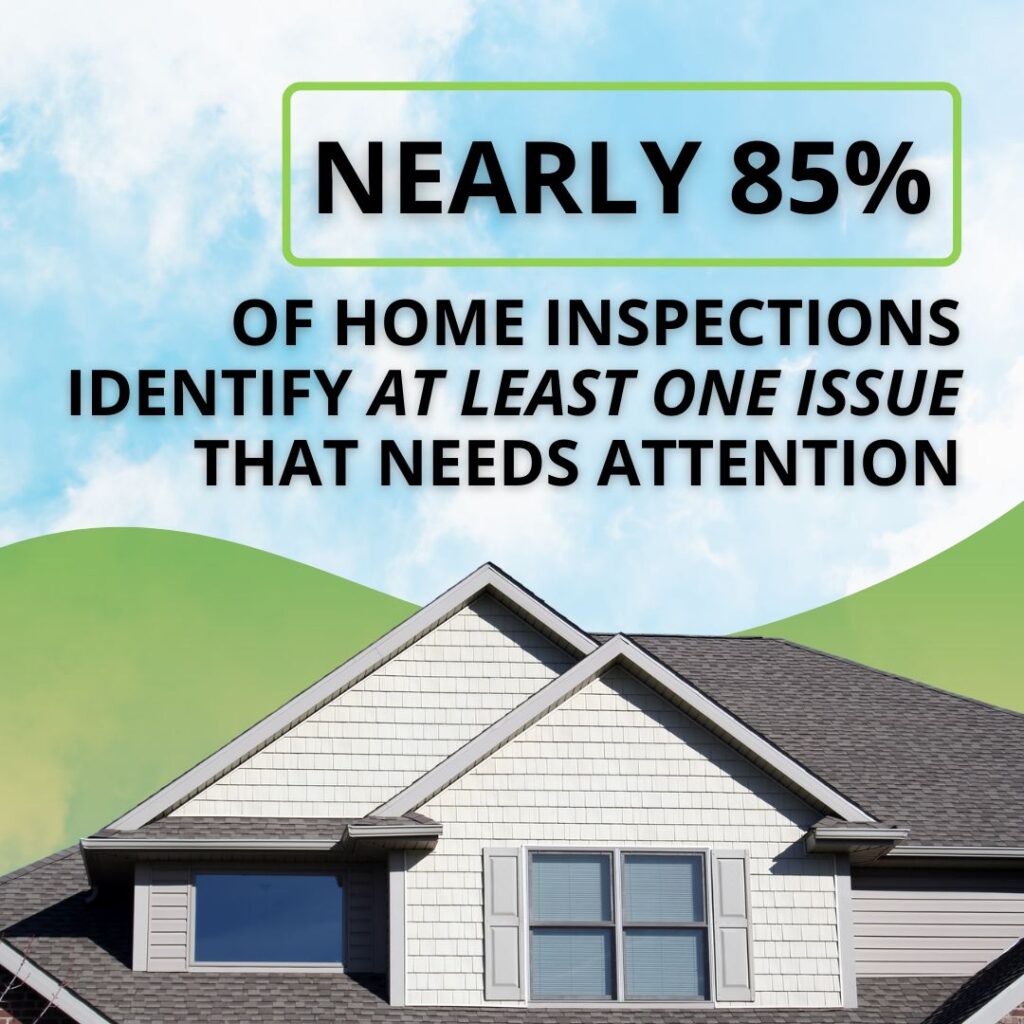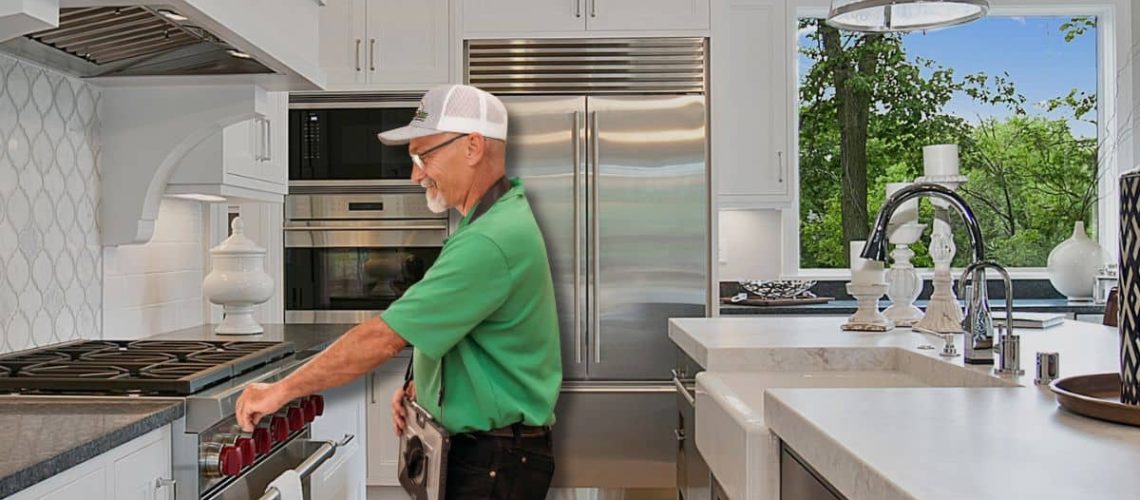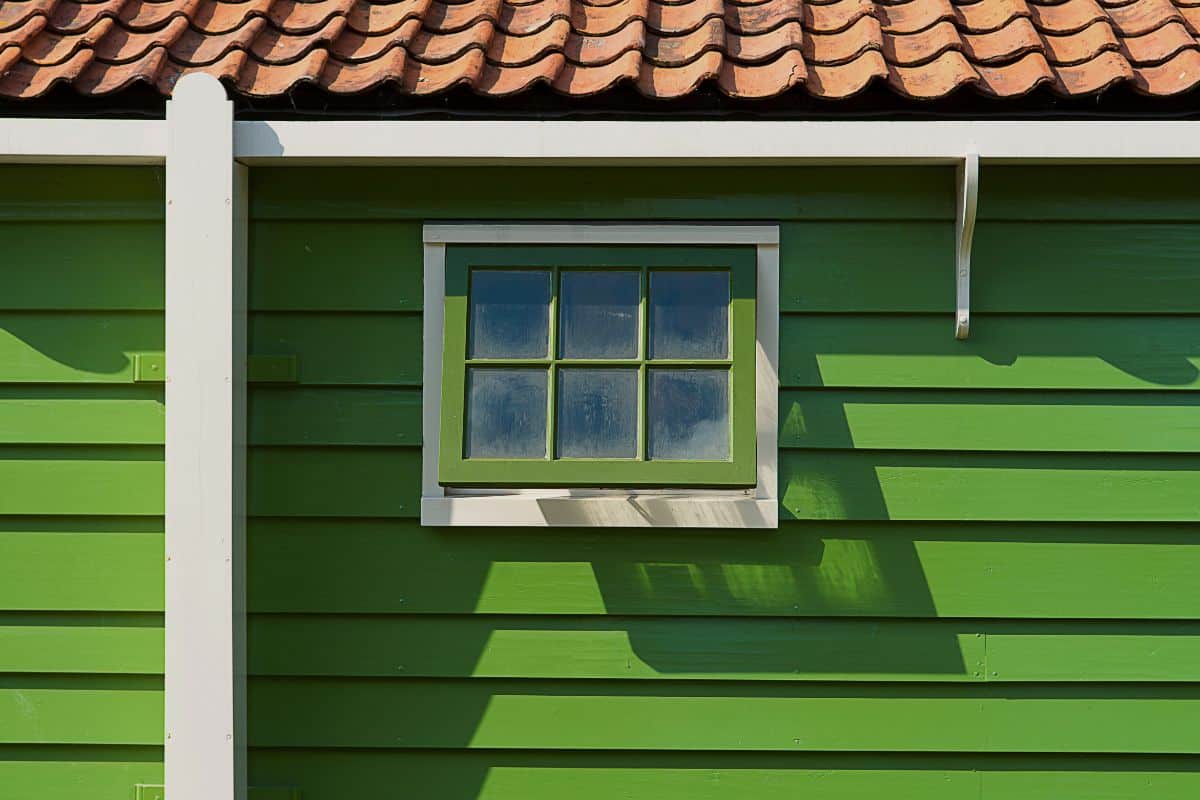Buying a home is one of the biggest decisions you’ll ever make, and there is no return policy once you move in. Photos and listing details can look great, but the real test happens when you step inside. Wherever you’re touring a property, here is what you should try out, notice, and ask about before you buy.
That is why home inspectors and experienced buyers recommend a simple rule: try before you buy. This means checking key systems, appliances, and spaces in person to make sure they actually work, not just look good on paper.
When paired with a professional pre-purchase inspection, this approach gives buyers a complete picture of how the home really performs before closing.
Table of Contents
ToggleWhy You Should Always Try Before You Buy as a Home Buyer
A quick walkthrough is not enough to understand how a home really functions. Many buyers focus on layout and finishes but skip systems that make daily living comfortable, such as plumbing, electrical, and HVAC.
Trying a home before you buy helps you:
- Spot hidden maintenance issues before closing
- Understand how comfortable the home feels day to day
- Avoid expensive surprises after move-in
- Negotiate repairs or price adjustments while still under contract
It is worth the effort. Industry research shows that nearly 85% of home inspections uncover at least one issue that requires attention. Catching those problems early, before closing, can save buyers from costly repairs and help them make more confident decisions.
Testing features early helps prevent emotional or rushed choices and gives your inspector a clearer picture of what matters most to you.

Start with the Basics: Lights, Switches, and Outlets
It may sound simple, but many buyers forget to test electrical fixtures while touring a home. Flip every light switch and plug in a phone charger or small device into a few outlets.
You are checking for:
- Lights that flicker or do not turn on
- Outlets that spark, feel loose, or do not work
- Switches that control the wrong fixture or nothing at all
Inconsistent or faulty wiring may indicate larger electrical issues. While your inspector will test major systems more thoroughly, noticing small clues early lets you ask smarter questions and negotiate with confidence.
Run the Faucets and Check the Plumbing
Plumbing problems can easily become some of the most expensive repairs after you buy. Take a moment to test every faucet, shower, and toilet during your visit.
What to look for:
- Water pressure that is weak or fluctuates
- Slow drains or gurgling sounds
- Discolored water when you first turn on the tap
- Leaks or moisture under sinks
Ask how old the water heater or main plumbing lines are if the seller is present. In this region, older homes may have materials like galvanized steel or polybutylene that need replacement soon.
Test the HVAC System and Thermostat
Heating and cooling systems are easy to overlook when you are focused on how the home looks, but comfort depends on how they perform.
Before you buy, you should:
- Adjust the thermostat to make sure both heating and cooling work
- Listen for strange noises or long startup times
- Stand under a few vents and feel for steady airflow
- Ask about the system’s age and maintenance history
The U.S. Department of Energy notes that the average HVAC system lasts 10–15 years with regular maintenance. That means buying a home with a system near the end of its life may lead to major expenses.
Flush Toilets and Check for Drainage Issues
Toilets that drain slowly, bubble, or make gurgling sounds may point to partial clogs or venting problems. Flush each toilet and watch the water level. It should fill quickly and evenly without backup.
If you notice water pooling in sinks or bathtubs, ask your inspector about possible sewer or septic issues. In rural areas of Texas, Arkansas, and Oklahoma, many homes rely on septic systems that demand regular pumping and inspection. A quick test now can save thousands later in plumbing or septic repairs.
Open Windows and Doors
Windows and doors do more than provide access. They affect safety, insulation, and comfort. Open and close each one to test how they move and seal.
Check for:
- Sticking, sagging, or uneven frames
- Drafts or visible gaps around edges
- Missing or broken locks
- Condensation between double panes
If some rooms feel unusually warm or cold, it may indicate poor insulation or air leaks. These clues matter even if the home looks fine at first glance.
Walk the Floors and Feel for Soft Spots
Uneven or bouncy flooring can reveal hidden damage beneath the surface. Focus on areas near bathrooms, kitchens, and entryways where water exposure is more likely.
Notice:
- Floors that creak or shift underfoot
- Surfaces that feel uneven or dip noticeably
- Soft spots that feel unstable
These issues could signal subfloor rot, foundation settling, or poor installation. If the home has a crawl space, your inspector can evaluate moisture, access, and structural movement that might affect the flooring above.
Check Built-In Appliances
Appliances help define how you live in a home. Turn them on briefly to make sure they actually function.
Try:
- Running the dishwasher on a short cycle
- Heating the oven for a few minutes
- Turning on the range fan or microwave vent
- Listening for rattling, hesitation, or burning smells
Also ask the seller if the built-in appliances will remain with the home. If they are older models or near the end of an expected lifespan, your inspector will note their condition so you can plan ahead.
Inspect the Attic and Crawl Space (If Accessible)
Attics and crawl spaces often tell the truth about a home’s condition and may hold surprises for buyers. Bring a flashlight and look for signs of moisture, damage, or unwanted guests.
What to look for:
- Insulation that is missing, damp, or compressed
- Signs of rodent or insect activity
- Water stains or mold spots on rafters or joists
- Sagging ducts or disconnected vents
These spaces also reveal how well the home is ventilated. Poor ventilation may lead to high humidity, musty odors, and eventual structural or HVAC problems.

Step Outside: Foundation, Drainage, and Exterior
The exterior of the home may reveal as much as the inside. Walk around the perimeter and observe how the property sits on its lot.
Pay attention to:
- Cracks in the foundation, brickwork, or mortar
- Gutters that sag or drain too close to the house
- Soil erosion or pools of standing water after rain
- Gaps around utility lines or exterior pipes
Drainage and foundation issues are especially common in regions with clay soils or seasonal heavy rains. Early awareness lets you budget or negotiate before purchase rather than find out after move-in.
Listen and Smell While You Explore
Your senses can provide clues that cameras cannot. Strange odors, damp smells, or continuous buzzing may signal problems you can’t see yet.
Quick checks include:
- Sniff for musty odors in basements, crawl spaces, or closets (may suggest mold or moisture)
- Listen for scratching, rustling, or movement in walls that might indicate pests
- Note overpowering air fresheners or additives, which may hide underlying issues
Mention these observations to your home inspector. These small clues help them target their evaluation and make sure nothing hidden gets overlooked.
Ask About Utilities and Maintenance Records
Before making an offer, request utility bills and service history for major systems. Consistent documentation shows how well the home has been maintained.
Ask the seller or agent:
- What is the average electric or gas bill during summer and winter?
- When was HVAC last serviced or replaced?
- How old is the roof, water heater, or major plumbing system?
- Are there warranties or recent repairs on appliances or structural components?
Your inspector can review these details and help decide what is worth negotiating or watching long-term.
Other Related Questions Buyers Ask
What if I am buying a new construction home?
Even new builds can have issues such as unsealed gaps, incomplete wiring, or minor foundation settling. A phase or final inspection ensures the home was built to standard and is ready for occupancy.
How can I tell if a home has moisture or drainage issues?
Look for musty odors, water stains, or standing water near the foundation. If you notice these signs, consider an inspection to confirm whether water is getting in through cracks or poor grading.
Is it worth testing for termites or pests before closing?
Yes. Termites, ants, and rodents can cause significant damage and costly repairs. A wood-destroying insect inspection confirms whether the property has an active infestation or past damage.
When should I schedule my inspection?
Book your inspection as soon as your offer is accepted. This gives you time to review the report, get estimates, and negotiate any needed repairs before your option period ends.
Conclusion
A home may look perfect at first glance, but testing how it actually performs reveals the truth. From checking water pressure to walking through the attic, these simple steps help you buy with confidence.
Before signing on the dotted line, schedule a home inspection with Inspection Gator. Our licensed team serves Northeast Texas, Southwest Arkansas, and Southeast Oklahoma, helping buyers uncover hidden issues, test real-world performance, and make informed decisions about their investment.
Because when you take the time to try before you buy, you protect your comfort, your wallet, and your long-term peace of mind.





